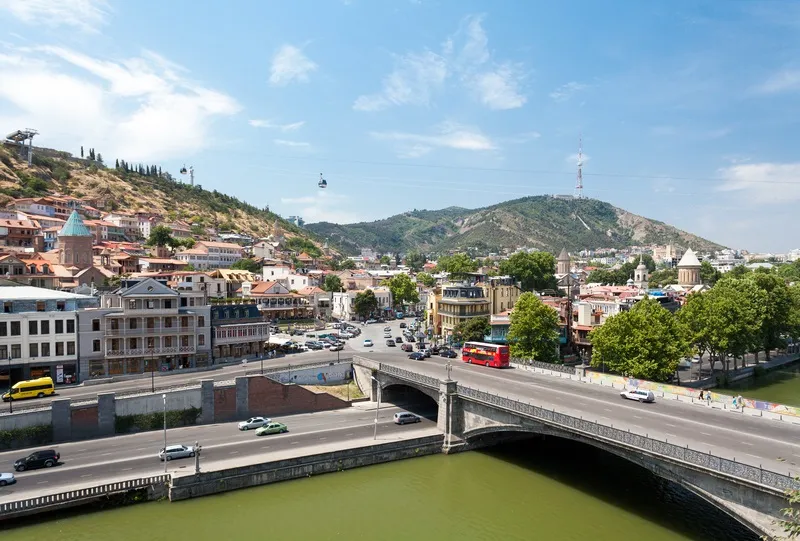According to a new report by Timetric’s Construction Intelligence Center (CIC), the major economies in Asia-Pacific are investing over US$2.86 trillion in road and railway projects in the coming years. China - as the leading economy - heads the 13 countries analysed by CIC with projects valued at over US$1.15 trillion, followed by India at almost US$500 billion and Australia with US$289 billion.
China, apart from investing within its own borders, is also expanding its influence in the region with the re
July 30, 2015
Read time: 2 mins
According to a new report by Timetric’s Construction Intelligence Center (CIC), the major economies in Asia-Pacific are investing over US$2.86 trillion in road and railway projects in the coming years. China - as the leading economy - heads the 13 countries analysed by CIC with projects valued at over US$1.15 trillion, followed by India at almost US$500 billion and Australia with US$289 billion.
China, apart from investing within its own borders, is also expanding its influence in the region with the recent formation of the Asia Infrastructure Investment Bank (AIIB) and the ‘One Belt-One Road’ initiative which plans to develop roads, railways and energy generation projects linking Asia with Europe. Recent overtures to India and Pakistan will see investment in transport infrastructure to aid much needed improvement.
Timetric’s project analysis shows that railways head the sectors tracked with a total value of US$1.58 trillion, followed by roads valued at US$580.7 billion, trams and metros with US$378.9 billion and tunnels and bridges with US$324.6 billion. China is ahead in all sectors apart from roads, where the massive National Highway Development Program contributes to India leading in this sector.
“Asia-Pacific’s transport infrastructure is growing at a fast pace to service the future economic requirements of the region and its growing urbanised population. China – which is heavily involved in financing and construction in the region - is being joined by other dynamic economies such as Vietnam, Malaysia and Indonesia all requiring massive investment in road and rail infrastructure,” comments Neil Martin, manager at Timetric CIC.
The largest value projects in Asia-Pacific tracked by CIC in the sector are the US$200 billion China-Russia-Canada-America high-speed rail road and the US$150 billion Xinjiang-Kyrgyzstan-Uzbekistan-Turkmenistan-Iran-Turkey railway line.
China, apart from investing within its own borders, is also expanding its influence in the region with the recent formation of the Asia Infrastructure Investment Bank (AIIB) and the ‘One Belt-One Road’ initiative which plans to develop roads, railways and energy generation projects linking Asia with Europe. Recent overtures to India and Pakistan will see investment in transport infrastructure to aid much needed improvement.
Timetric’s project analysis shows that railways head the sectors tracked with a total value of US$1.58 trillion, followed by roads valued at US$580.7 billion, trams and metros with US$378.9 billion and tunnels and bridges with US$324.6 billion. China is ahead in all sectors apart from roads, where the massive National Highway Development Program contributes to India leading in this sector.
“Asia-Pacific’s transport infrastructure is growing at a fast pace to service the future economic requirements of the region and its growing urbanised population. China – which is heavily involved in financing and construction in the region - is being joined by other dynamic economies such as Vietnam, Malaysia and Indonesia all requiring massive investment in road and rail infrastructure,” comments Neil Martin, manager at Timetric CIC.
The largest value projects in Asia-Pacific tracked by CIC in the sector are the US$200 billion China-Russia-Canada-America high-speed rail road and the US$150 billion Xinjiang-Kyrgyzstan-Uzbekistan-Turkmenistan-Iran-Turkey railway line.









